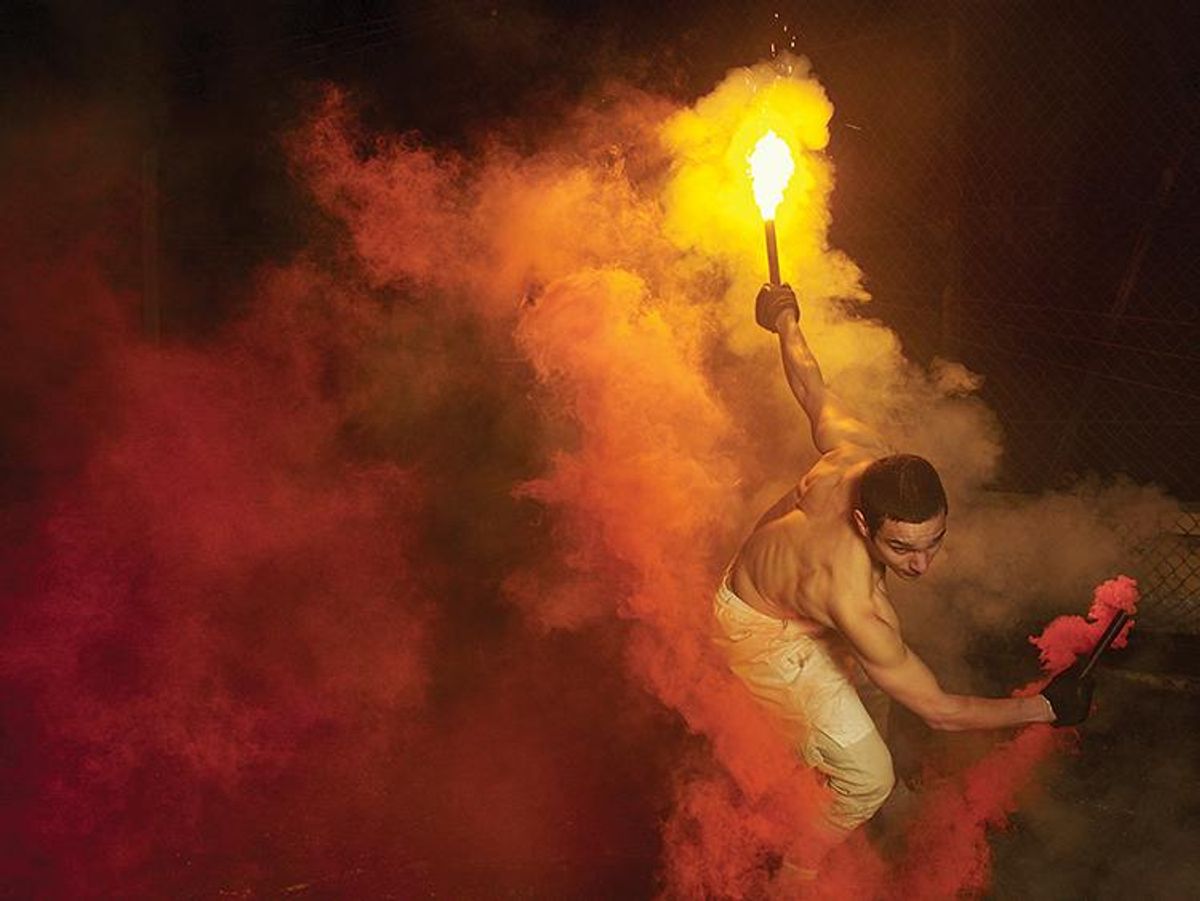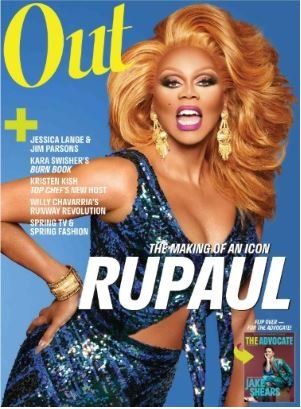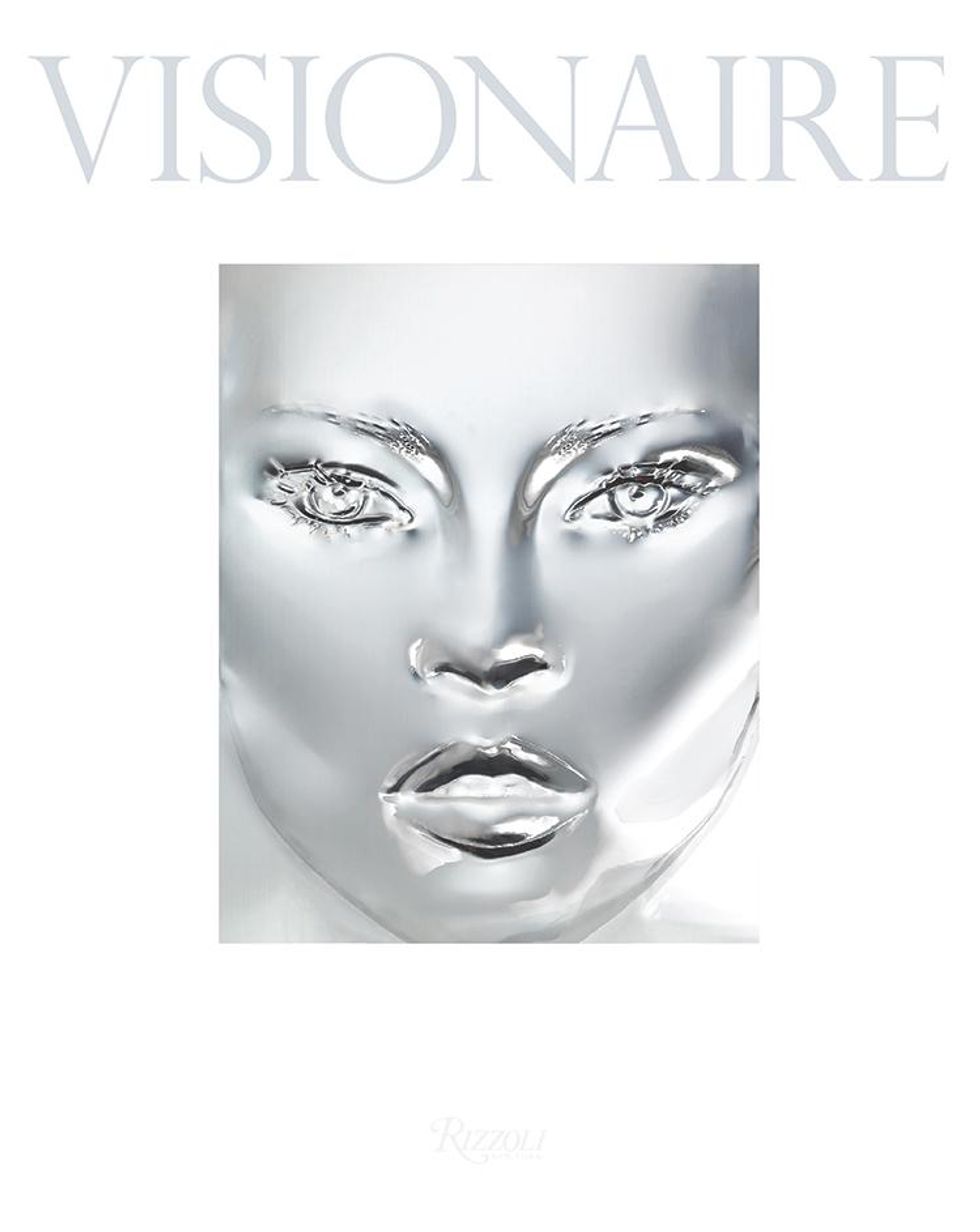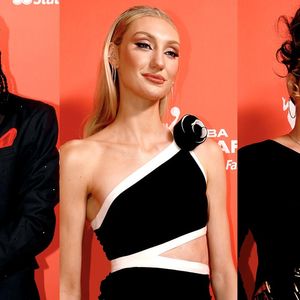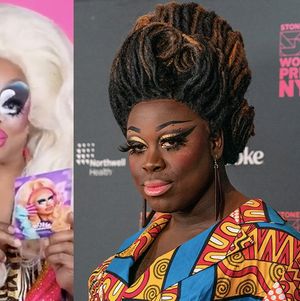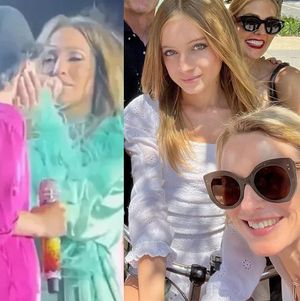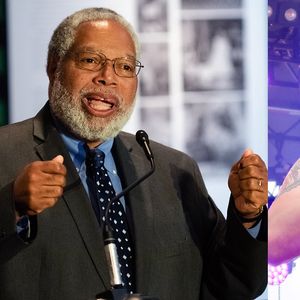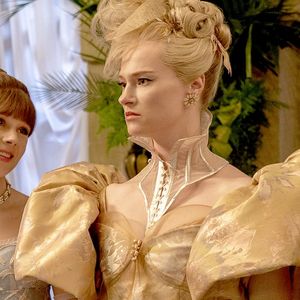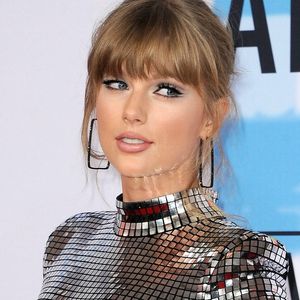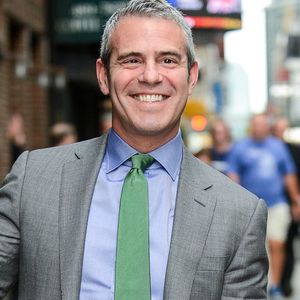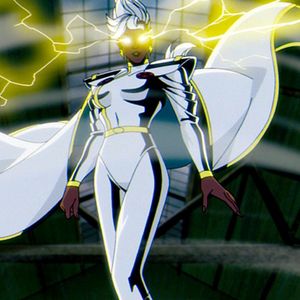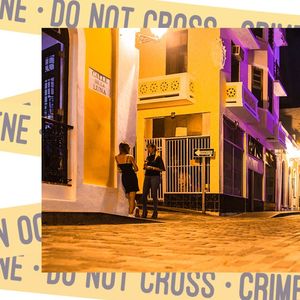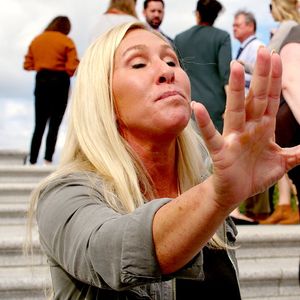Baris Yazar from Visionaire 62 "Rio," by Cary Fukunaga.
This summer, an unusual exhibition appeared at Cadillac House--General Motors' presentation space for "vehicles and brand partnerships"--at the far west end of SoHo in Manhattan. Its subject, Visionaire, is a fashion and art magazine quite unlike any other, and several "issues" were set on pedestals in a dark gallery in the back of Cadillac's glassy lobby, appearing more like sculptures than pieces of a print publication. Each iteration of Visionaire presents a new challenge to its editors and its readers, in both form and content. Take, for example, the 42nd issue, "Scent," a pleather, purse-size satchel containing 25 original scents designed by artists, designers, musicians, and models like David Bowie, Kate Moss, Stephen King, Zaha Hadid, and Karl Lagerfeld, whose perfume captures the smell of his favorite Parisian bakery. Or "Forever," the indestructible 63rd issue, which consists of stainless steel and aluminum image plates, with contributions by Richard Avedon, Yoko Ono, and Steven Klein. Number 24, "Light," is a rectangular light box, with each "page" of the magazine printed on "paper-thin filament" with images by various artists and designers--the "first battery-operated publication," as the magazine's Web site boasts. All of this is a long way from the magazine's first, thriftier issue, "Spring," published in 1991, which consisted of unbound photographs printed on remaindered paper. It was produced at night using a former editor's sister's Xerox machine.
Edited by Cecilia Dean and James Kaliardos, Visionaire is less a publication than a theory about what art can do when it thinks it's fashion, and what fashion can do when it thinks it's art, tested across media on an increasingly ambitious scale since the early 1990s. For their exhibition, which previewed a forthcoming Rizzoli book devoted to the magazine, Dean and Kaliardos presented a selection of previous issues of Visionaire that the public could "flip" through, with each accompanied by a television playing an artist-directed trailer. Generally the magazine's price sets it out of reach of a wide audience--issues range from hundreds to thousands of dollars--so the exhibition offered a unique opportunity to approach an otherwise difficult magazine to acquire (and display). "We never use the word retrospective," Dean says, asserting that neither the exhibition nor the catalog represent a late career move. "The book is about what we are doing now and tracing our foundations to the past."
[[{"fid":"363526","view_mode":"default","fields":{"format":"default","field_folder[und]":"8704","field_file_image_alt_text[und][0][value]":"From Visionaire 7 "Black," by Bruce Weber","field_file_image_title_text[und][0][value]":"","media_title[und][0][value]":"","media_description[und][0][value]":"","field_credit[und]":"","field_tags[und]":"","field_license[und]":"none"},"type":"media","attributes":{"alt":"Symposium 1","class":"media-element file-default"}}]]
From Visionaire 7 "Black," by Bruce Weber (Left). Raquel Zimmermann in Alexander McQueen Fall 2010 From Visionaire 58 "Spirit," by Mario Sorrenti (Right).
For their part, Dean and Kaliardos rarely boast, or at least rarely adopt the sort of braggadocio that you might expect of these unexpected innovators of fashion publishing. Dean, a former model, is tall and quiet, with her hair often pulled back into a ponytail, and there is something distinctly patient in her manner. She does not speak much, though what she does say is often strictly factual, betraying little opinion of projects she might be working on: Referring to the particular challenge of the metal "Forever" issue, for example, Dean remarks that the Avedon estate approved the use of his photograph because, as she notes with a smile, it "referenced daguerreotypes so well." This particular triumph of successfully--and surprisingly--translating one medium into another goes to the heart of the magazine, and to what Dean seems to take pleasure in the most. Her co-editor, Kaliardos, who is a makeup artist, is shorter than Dean, compact and model-like himself, with a thick crown of whorled black hair. Of the two, he is the talker. Together, they speak assuredly, often finishing each other's sentences, but not with much of the usual careerist intensity for higher-end publishing. Instead, they speak with near surprise that all their work has come to this--65 wildly diverse-looking issues, each different in form and content from the last. How to represent so much in a traditional book? Dean says they had to "compromise" and cut the "bells and whistles" that normally accompany an issue. Instead, they have reproduced much of the contents of previous issues as glossy images that capture, at considerable remove, what it might be like to hold a magazine in the form of a box of scents.
During a conversation at Cadillac House, Kaliardos explains that, in the beginning of their collaboration, he and Dean "didn't work in a very calculated way. We weren't thinking in terms of 'marketing direction.' We work on a gut-instinct level, and we just follow our passions--and ideas just loom up." Distracted by a family flipping through a massive issue with Lady Gaga on its cover that won the Guinness world record for largest magazine, Kaliardos lets an "oh wow" slip out. We watch the family bring the copy of Visionaire to the floor, the only place where they can comfortably flip through it. It is a strange sight, one that catches both Dean and Kaliardos off guard. "Let's walk over," they say, and we stand over the readers as they consider a nearly life-size selfie by Karl Lagerfeld. This gut-level reaction seems to be based in the element of surprise. In a sense, this all seems to be new to Dean and Kaliardos, which is strange, given that they are about to publish a retrospective catalog about their magazine's astonishing influence on fashion, art, and photography, from Madonna (the concept of their issue "Erotica" was more or less lifted by the material girl for her 1992 album of the same name) to Ed Ruscha, and that has counted everyone from Hedi Slimane (a former intern) to Bill Cunningham (one of the magazine's earliest supporters) as a friend, collaborator, and contributor.
The most recent issue, "Free," is a series of artist-designed posters that were given away for free in Miami, New York, and Los Angeles in a cross-town promotional tour de force helped by the gay dating app Grindr, which hyped the New York release for three days with Visionaire-themed profiles. In recent years, the magazine has increasingly broadened its public engagement with large-scale events like the "Free" giveaway. During New York's Pride this year, Visionaire partnered with Grindr for the app's party at the Boom Boom Room at the top of the Standard Hotel and curated a series of elaborate artist installations on the hotel floor below. Digital filmmaker Jacolby Satterwhite led a raucous, S/M-themed film shoot with volunteer partygoers dressed up in bondage gear provided by the stylist David Casavant, promising that the nude likenesses of those who "performed" before the artist's green screen would show up in one of his forthcoming films. A few doors down, Stewart Uoo hosted a country-western-themed tattoo parlor, Juliana Huxtable curated a sound and poetry lounge, and Hood By Air "brand ambassador" Ian Isiah crooned in front of a wide, romantic view of the Village at night. Things more or less got out of hand. And in many ways, this event more closely resembled some of the magazine's earlier issues, which Kaliardos says were launched at Visionaire-hosted dance parties where designers, artists, celebrities, fashion photographers, and models rubbed shoulders in an eclectic, uptown/downtown mix.
Yet the party, in many ways, seemed somewhat at odds with Visionaire's recent direction, and Kaliardos emphasizes that their participation in it was largely limited to the curated rooms. While not quite looking back (or retreating from the present), both editors seem more interested in solicitude of reflection than the frenzy of social-media-charged soirees and collection launches.

They have turned instead to the far slower exhibition format, from their catalog to Cadillac House, where they launched this fall the first exhibition of Richard Avedon's never-before-seen moving-image work. It is a nod to a past that seems to increasingly preoccupy the magazine: not only their own, but fashion's, which, in the ever brief cycle of trends and trending figures, seems lost to contemporary industry publications. Once again bucking convention, Visionaire wants to slow things down.
Like what you see here? Subscribe and be the first to receive the latest issue of Out. Subscribe to print here and receive a complimentary digital subscription.
